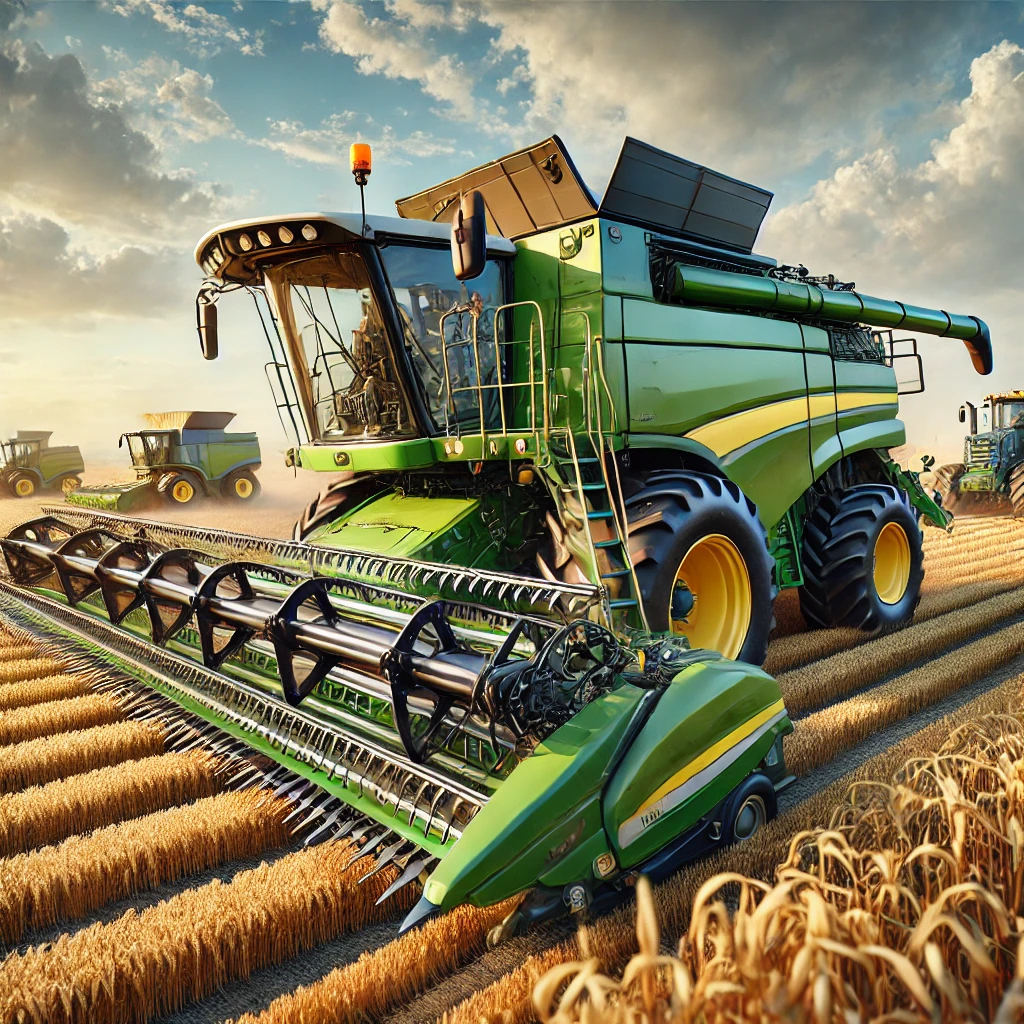Understanding the differences between compact tractors and utility tractors is crucial for anyone involved in agriculture or land management. Both types of tractors serve specific purposes and come with their own sets of advantages and limitations. This article aims to delve into the key distinctions between these two categories of agricultural machinery, helping you make an informed decision based on your needs.
Overview of Compact Tractors
Compact tractors are smaller, versatile machines designed for a variety of tasks on small to medium-sized properties. They are typically equipped with engines ranging from 20 to 60 horsepower, making them suitable for light to moderate work. These tractors are often favored by hobby farmers, landscapers, and homeowners with large gardens or small farms.
Key Features
- Size and Maneuverability: One of the most significant advantages of compact tractors is their size. Their smaller footprint allows for easy maneuverability in tight spaces, such as small gardens, orchards, and vineyards.
- Versatility: Compact tractors are designed to handle a variety of attachments, including mowers, tillers, loaders, and backhoes. This versatility makes them ideal for a range of tasks, from mowing lawns to digging trenches.
- Ease of Use: These tractors are generally easier to operate, making them a popular choice for those who may not have extensive experience with heavy machinery.
- Cost-Effective: Compact tractors are usually more affordable than their larger counterparts, both in terms of initial purchase price and ongoing maintenance costs.
Common Applications
Compact tractors are well-suited for a variety of tasks, including:
- Lawn and garden maintenance
- Light landscaping and grading
- Snow removal
- Small-scale farming and gardening
- Material handling with front-end loaders
Overview of Utility Tractors
Utility tractors, on the other hand, are larger and more powerful machines designed for more demanding agricultural tasks. They typically feature engines with horsepower ratings ranging from 40 to 100 or more, making them suitable for medium to large-scale farming operations. Utility tractors are often used by professional farmers and contractors who require robust and reliable equipment for heavy-duty work.
Key Features
- Power and Performance: Utility tractors are built to handle more demanding tasks, such as plowing, harrowing, and heavy lifting. Their higher horsepower and torque make them capable of pulling larger implements and handling more substantial loads.
- Durability: These tractors are designed to withstand the rigors of continuous, heavy use. They are constructed with more robust components and often feature reinforced frames and axles.
- Advanced Features: Utility tractors often come equipped with advanced features such as four-wheel drive, hydraulic systems, and sophisticated control interfaces. These features enhance their performance and make them more efficient for complex tasks.
- Comfort and Ergonomics: Given their use in professional settings, utility tractors often prioritize operator comfort. They may include features such as air-conditioned cabs, adjustable seats, and ergonomic controls to reduce operator fatigue during long hours of work.
Common Applications
Utility tractors are ideal for a wide range of agricultural and industrial tasks, including:
- Plowing and tilling large fields
- Planting and harvesting crops
- Transporting heavy loads
- Operating large-scale irrigation systems
- Forestry and land clearing
Comparative Analysis
When deciding between a compact tractor and a utility tractor, several factors should be considered, including the size of your property, the types of tasks you need to perform, and your budget. Here’s a comparative analysis to help you make an informed decision:
Property Size and Terrain
If you have a small to medium-sized property with tight spaces and intricate landscaping, a compact tractor is likely the better choice. Its smaller size and greater maneuverability make it ideal for navigating confined areas. Conversely, if you have a large property with open fields and require heavy-duty work, a utility tractor’s power and durability will be more beneficial.
Task Requirements
Consider the types of tasks you need to perform regularly. For light to moderate tasks such as mowing, light grading, and small-scale farming, a compact tractor will suffice. However, for more demanding tasks like plowing large fields, heavy lifting, and extensive land clearing, a utility tractor is more appropriate.
Budget Considerations
Budget is another critical factor. Compact tractors are generally more affordable, both in terms of initial purchase price and ongoing maintenance costs. If you have a limited budget and your tasks are not overly demanding, a compact tractor is a cost-effective choice. On the other hand, if you require a machine that can handle heavy-duty tasks and you have the budget for it, investing in a utility tractor will provide better long-term value.
Conclusion
Both compact tractors and utility tractors have their own sets of advantages and are designed to meet different needs. Compact tractors are ideal for smaller properties and lighter tasks, offering versatility and ease of use at a lower cost. Utility tractors, with their greater power and durability, are better suited for larger properties and more demanding agricultural tasks. By carefully considering your specific requirements and budget, you can choose the tractor that best fits your needs and ensures efficient and effective operation on your property.
